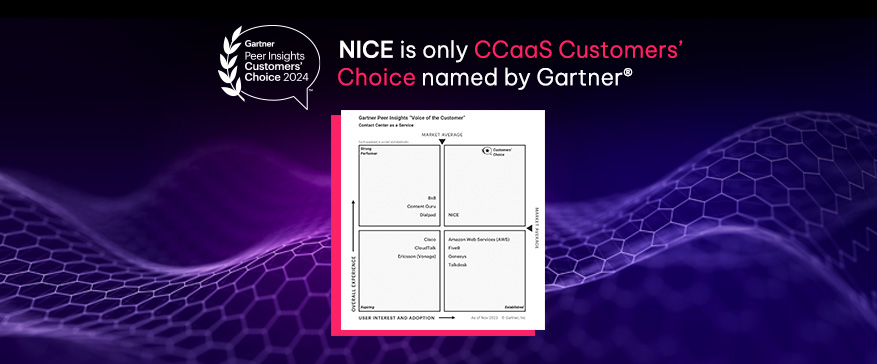Proactive outreach: a crucial tool
Proactive outreach entails reaching out to customers before issues arise and proactively guiding them through the journey when appropriate. The ultimate goal is to anticipate customer needs to enhance the overall customer experience.For example, home goods brands like Wayfair and Ikea offer augmented reality (AR) apps to help customers visualize furniture in the actual room. This proactive engagement can drive increases in revenue per visit and order size. Knowing your customer’s journey will help identify where proactive prompts may help them move from one step to the next.This type of outreach takes multiple forms, such as personalized messages regarding a new service that matches their preferences, an update about an upcoming maintenance window, or a simple check in to gauge their satisfaction level. The key is personalization; reaching out must be done in a way that feels unique and tailored to each customer.To do this well, leaders need to combine insights from data with an understanding of the customer.Implementing proactive outreach
Ready to start an effective proactive outreach strategy? Here are three steps to take:1. Customer insight
Use data and analytics to understand your customer’s behavior, preferences, and journey. Leveraging artificial intelligence (AI) and machine learning can help forecast future actions and needs.Your business has a number of opportunities for gathering customer insight. Tools such as predictive analytics can be trained to anticipate customer behavior and preferences, which reveals the likelihood of actions such as churn risk, purchase probability, or responding to marketing campaigns. Your brand can then tailor strategies to better accommodate the customer journey.Customers who have interacted with your business have firsthand accounts they can share of their experiences—so use them! Offer surveys or feedback forms to collect customer preferences, pain points, and any suggestions they might have. This data can be critical in improving your products, services, and overall CX.2. Personalization
With insight comes the power to personalize. Develop your outreach so that it resonates with each customer individually. This will show your customers that you understand them and are there to support their specific needs.Tailored journeys that span from the beginning of a web search to gathering customer feedback after an interaction create meaningful connections, which can lead to increased engagement and brand affinity.Consider the following ways your brand can create personalized experiences:- Gather and analyze data from customer interactions
- Collect—then act on—customer feedback
- Use tools and systems that can help generate optimized journeys
3. Multi-channel approach
Customers have different preferred communication channels. One customer may favor voice as their channel of choice, whereas another may balk at the prospect of speaking to a live agent and find text messaging more desirable. As technology advances, channel options are likely to keep evolving as well.That’s why it’s important to use a multi-channel approach for your outreach, ensuring each customer receives your message on their preferred platform. The most effective way to do this is to provide omnichannel CX, which fosters a seamless, integrated experience across multiple channels and touchpoints. An omnichannel approach connects disparate channels and focuses on creating a unified and consistent journey for customers, regardless of the channels they choose to interact with your brand. They’re able to switch between channels effortlessly while maintaining continuity and personalized engagement throughout their journey.
- What is the overall goal the customer is trying to reach?
- Are there points of friction where customers are getting stuck?
- What emotions are playing a role and/or driving customer intent?
- Does the customer reach any points of genuine satisfaction or delight?

Mapping journeys can never be just an afterthought. The process helps you identify points of success or failure that could help reshape your CX strategy moving forward. The right journey map can play a significant role in proactive outreach in the future.
To learn more about effectively mapping the customer journey, read this mini guide and get the full workbook at the end.








